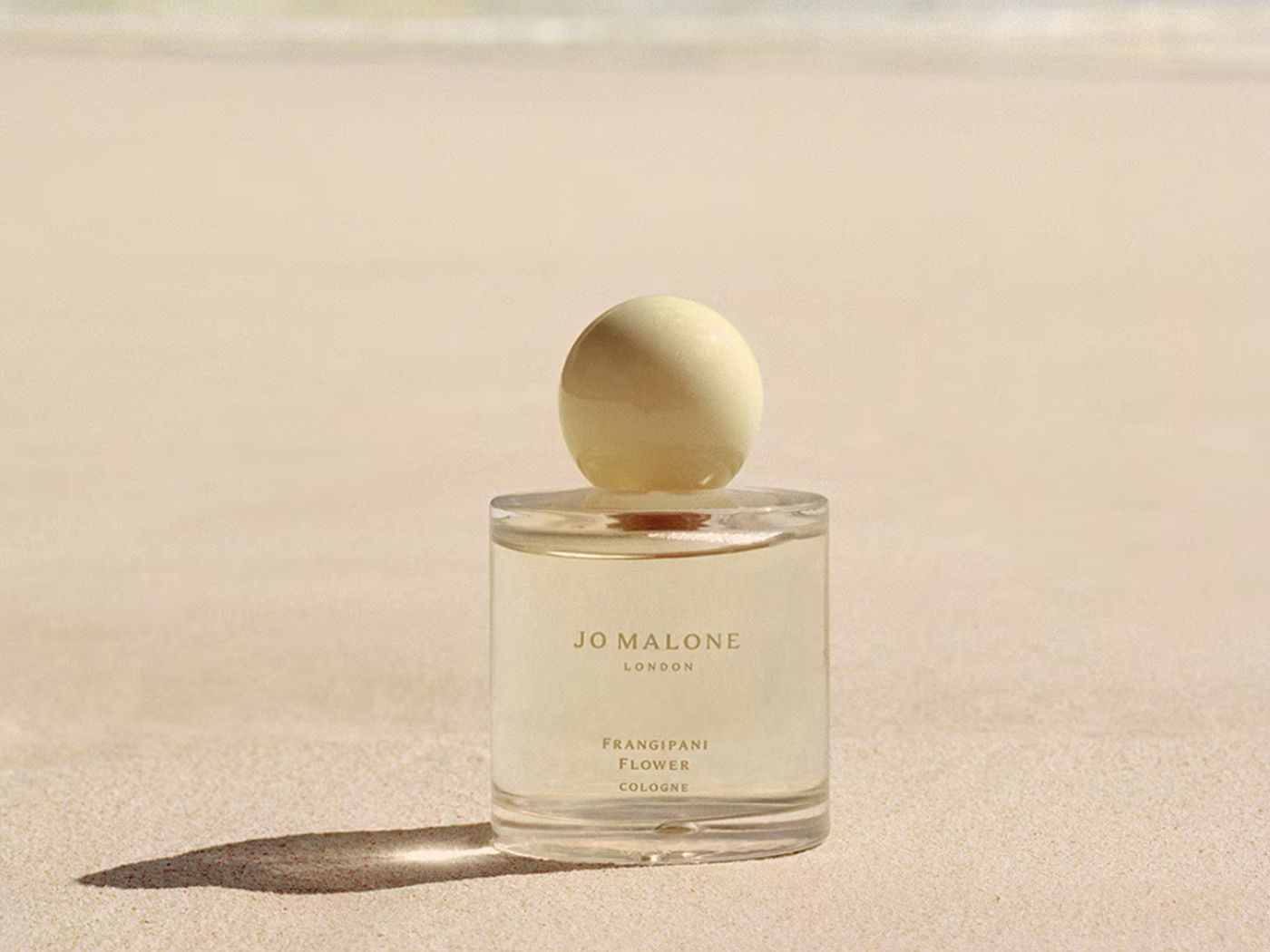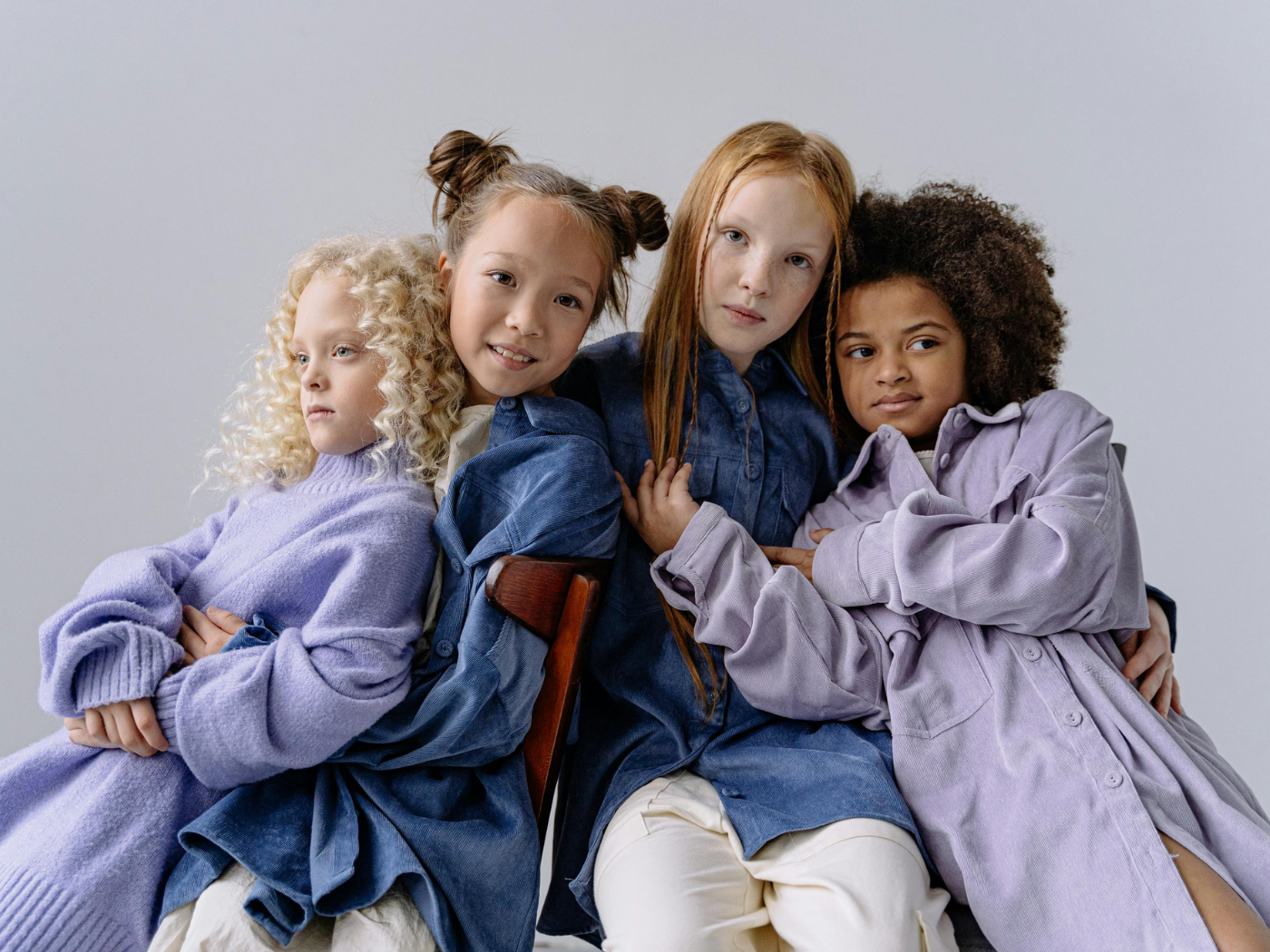The cosmetics industry is on the precipice of recession, suggests TABS Analytics’ 5th Annual Color Cosmetics Study. The most impactful result would be a reduction in the number of product launches and M&A deals in the years to come.
For the study, TABS, a technology-enable analytics firm, delved into the beauty purchasing habits of 1,000 women between the ages of 18 and 75 years old. The goal was to offer insights into cosmetics purchasing trends, including who buys cosmetics, the specific products consumers buy, the outlets at which they make purchases, the factors influencing purchase decisions and year-over-year changes in behavior and attitudes.
One of the features allowing TABS to predict trends is that the survey drills down into three classifications of users—heavy, medium and light—based on how many items they buy from the categories surveyed which include eye, nail, face and gift sets. One clarion call is that heavy beauty users are becoming less engaged and that’s slowing the once robust growth of the category. The study also suggested that people are getting fatigued by reviews, and that even powerful specialty stores are seeing a slowdown in transactions. Those engaged in the survey also noted they are spending less time shopping beauty. On the positive side, there is interest in natural products, and some of the downward trends could be offset with sales of higher-priced beauty.
“These surveys have become strong predictors of shifts in consumer behavior, and all signs this year point to some difficult times ahead for the cosmetics industry,” said Dr. Kurt Jetta, President and Founder of TABS Analytics. “While the overall health of the cosmetics industry may not be as bad as the research suggests, this sector is clearly in decline and will soon be in recession – a state that retailers and product manufacturers can expect to last for several years.”
Kurt said there has been no growth in beauty buyers over the past five years. Moreover, the cosmetics sector, which has typically been driven by heavy buyers, saw a dramatic year-over-year decline of +30 percent after hitting a high in 2017. Four-year compounded annual growth rates for heavy buyers dropped 6 percent, while light and medium buyers grew 4 percent and 1 percent, respectively.
“We hit a peak of heavy buyers. That number really plunged,” Kurt said. “That’s meaningful and important.”
The only exception in a downturn comes from non-Hispanic black consumers, according to the study.
Nineteen of the 20 product types tracked saw a drop in purchases during 2018. Basics, such as mascara and foundation, are more stable; nail products continue a downward spiral. Notable is that the 2018 survey showed a steady rise in the number of women who said they purchase no cosmetics at all—perhaps a consequence of the no-makeup trend.
Not surprisingly, e-commerce is gaining in share of sales for cosmetics. Amazon, specialty cosmetics websites (ulta.com, sephora.com) and Walmart.com all saw meaningful increases in share year-over-year.
With the exception of heavy buyers, who still seek out deals, consumers on average spend less time looking for the best prices from various outlets, and have significantly lessened the time they spend in the cosmetics section. Kurt suggested investments in beauty consultants hasn’t paid off, according to the study.
All buyers, including heavy buyers, also reported being less influenced by reviews, and far fewer said they relied on online information and product demos to influence their purchasing.
In fact, the average number of platforms visited by heavy buyers has dropped 12 percent over the past year, with Facebook, Twitter and Snapchat’s influence falling the fastest.
“The survey did not directly address the reasons for the decline, but some viable hypotheses include: fewer deals offered and less engagement due to eCommerce [which has fewer promotions] dampened overall demand; a saturation effect due to higher pricing has decreased the number of heavy buyers; and a consumer preference discretionary spending shift back to apparel or other consumer goods,” said Kurt. The latter is a trend that’s been simmering with some retailers suggesting shoppers have enough beauty and are now stocking up once again on clothing.
“We understand that these conclusions may be startling to some who have held this sector up as a ‘high flyer’ in the consumer-packaged goods sector,” Kurt said, adding TABS has taken exhaustive moves to vet its conclusions with other industry data. Also, similar studies in other categories have held up the consumer research.
“Our survey methodology has been proven so many times now that I accept that the results showing shifts in trends may be accentuated, but the directional conclusions have always been validated. Manufacturers, retailers and investors need to think twice about making big bets in the cosmetics sector in the short-term,” Kurt said. “You should limit beauty investments unless getting a great deal.” The study suggests brands should reduce merger and acquisition for the time being and rationalize color and line extensions. “Right now, it is about blocking and tackling.”



